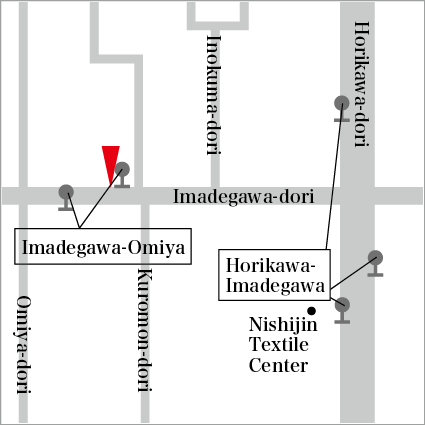Kyoto City Archeological Museum
- Highlight
- Heian ceramic transition panels telling the story of how designs, materials, sizes, configurations and usages changed across the ages
Meet the history of Kyoto through excavated earthenware and other ancient relics
People lived and culture existed in what was to become Kyoto even before Emperor Kanmu moved the imperial capital here in 794. And, this museum offers archeology fans, students and the public easy-to-understand exhibits created from materials of each age found during archeological digs in the city.
On the 1st floor, two themed special exhibitions are held every year, and a planned exhibition in collaboration with a university in Kyoto once a year, while “newsflash” displays and planned exhibitions are staged as well. The 2nd floor houses the permanent collection, with panel explanations of the transition in ceramics used during the Heian period, some 1,000 pieces of archeological material spanning the ages from the Tumulus period through to the Heian period, Momoyama period and beyond, as well as merchandise from trade with China and Korea, and artifacts excavated from the Heian Imperial Palace (Important Culture Properties) and dwellings of the Jomon period. In addition, the museum also has a “hands on” corner where visitors can actually handle large pieces of pottery and temple roof tiles.
An Important Kyoto Cultural Property (the former Nishijin Textile Museum) is home to the museum; so, besides the finds inside, the vintage building erected in 1914 also attracts a lot of attention.
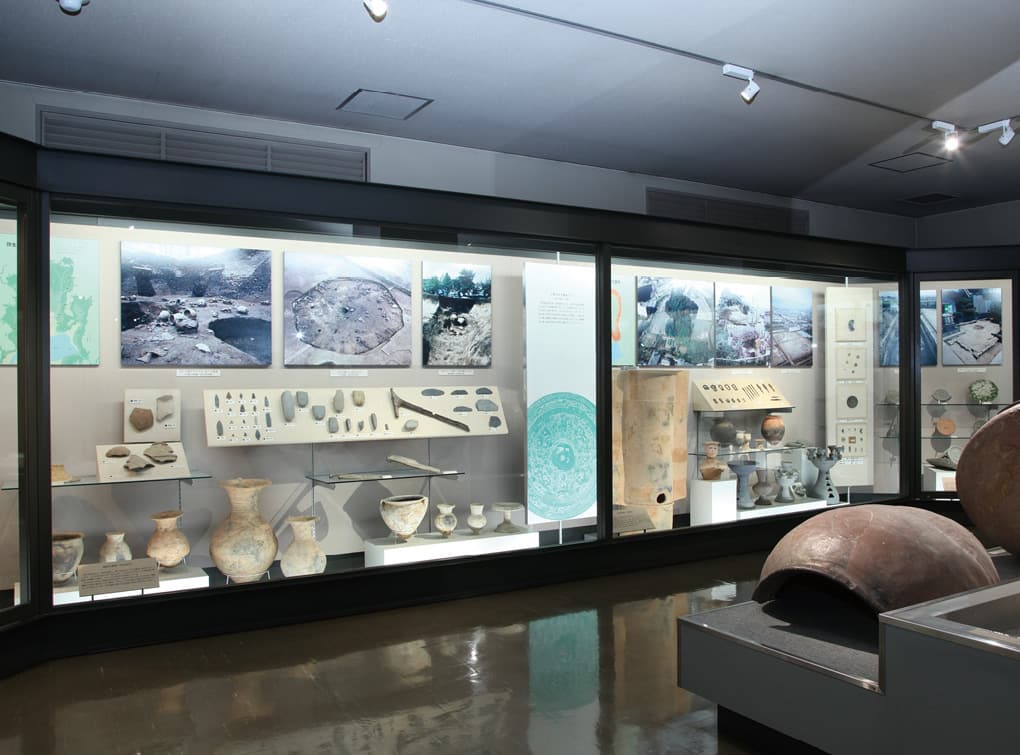
Yayoi period to Tumulus period corner in permanent exhibition room (2F)
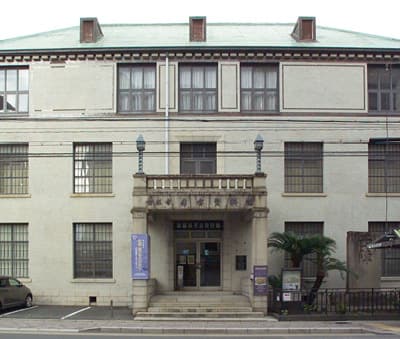
External view of museum
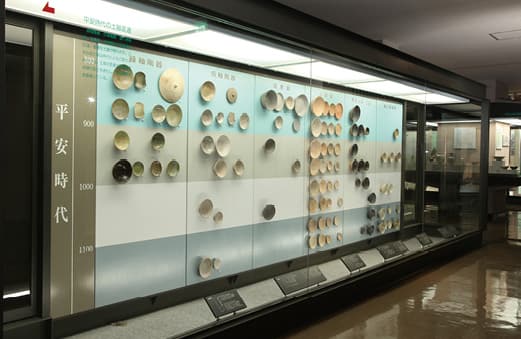
Panel of earthenware from Heian period (2F)
What did Toyotomi Hideyoshi build on the edge of Kyoto in 1591?
| Address | 265-1 Motoisa-cho Imadegawa-dori Omiya-higashi-iru, Kamigyo-ku |
|---|---|
| TEL | 075-432-3245 |
| FAX | 075-431-3307 |
| URL | http://www.kyoto-arc.or.jp/museum |
| Hours | 9:00 ~ 17:00(entry by 16:30) |
| Closed | Mon (following day if Nat Hol), 28/12~3/1 |
| Adm | Free |
| Access | Very close to Imadegawa-Omiya Stop of City Bus/A 2-min walk from Horikawa-Imadegawa Stop of City Bus |
Facilities near by
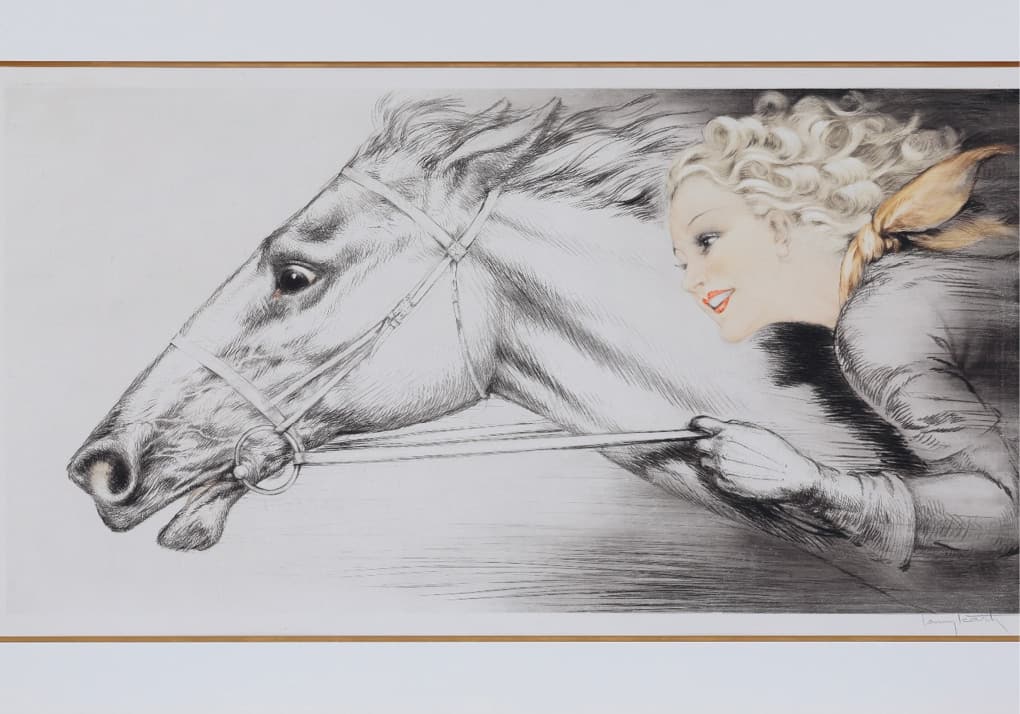
Louis Icart Art Museum
Parisian art déco
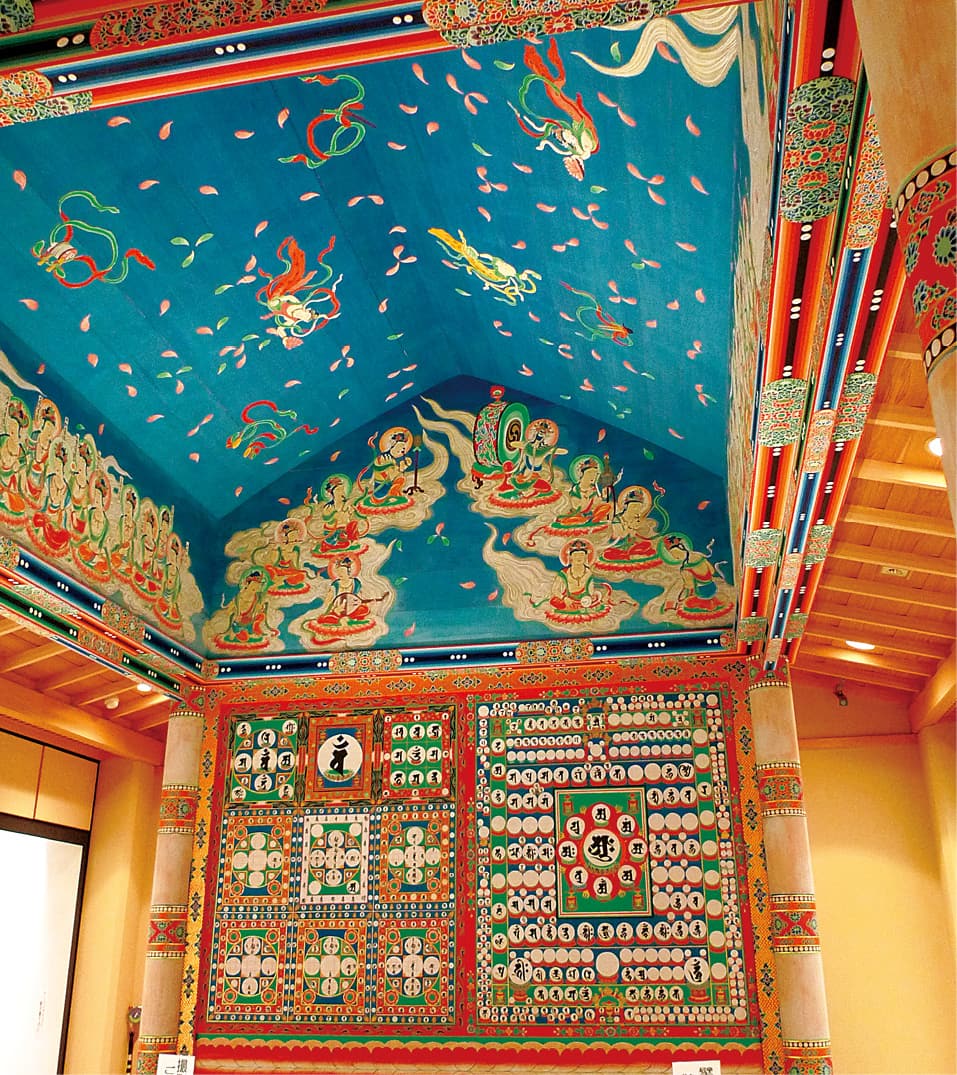
Sanzen-in Temple Ennyu-zo Repository
A reproduction of Gokurakujodo “the land of perfect bliss” so many aim for
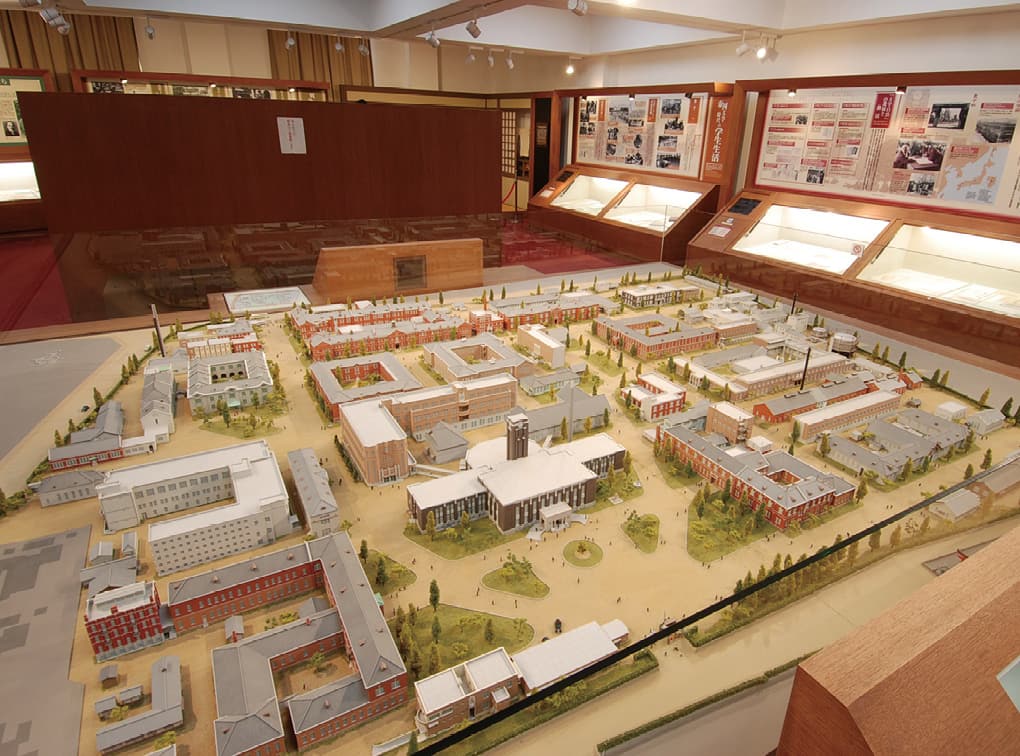
Kyoto University Clock Tower Centennial Hall
The clock tower that watches over Kyoto University
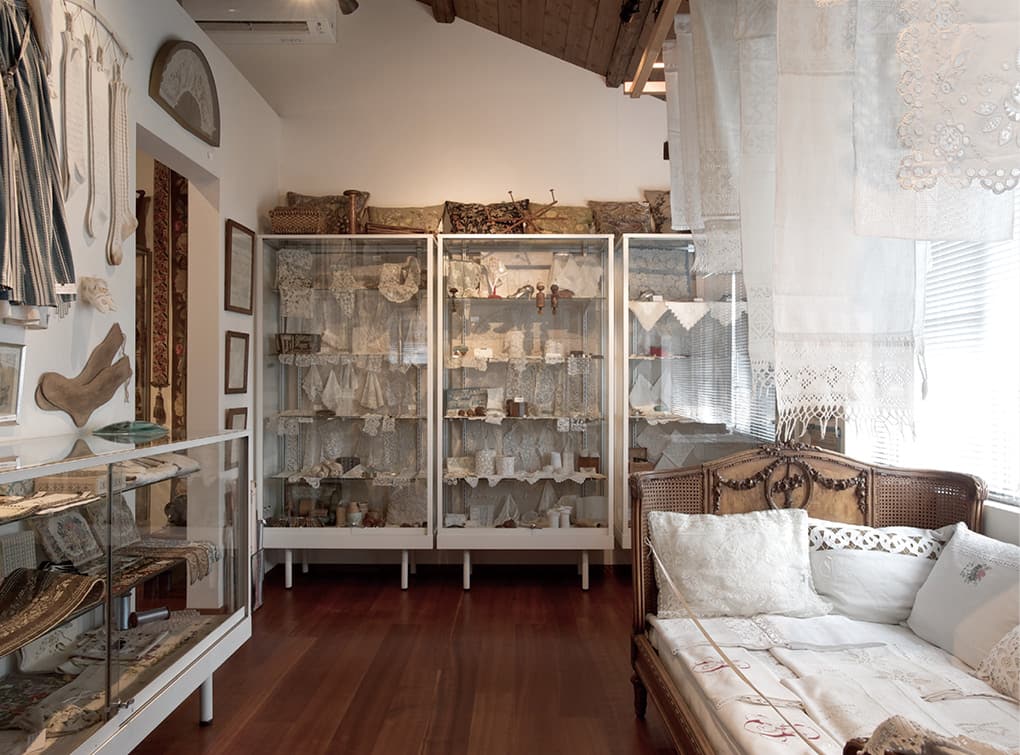
Yuki Pallis Collection
Beautiful European handwork collected under one roof

